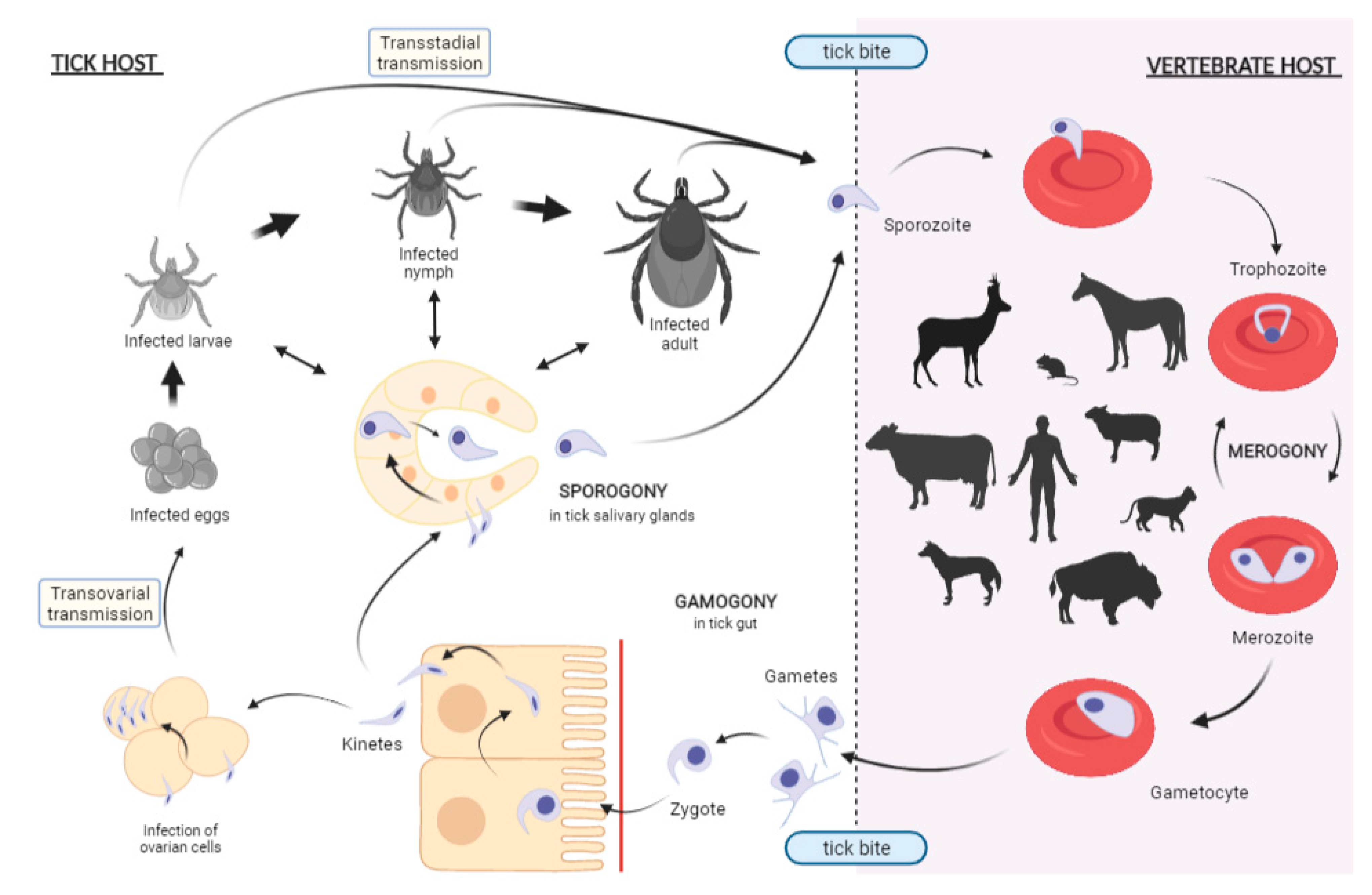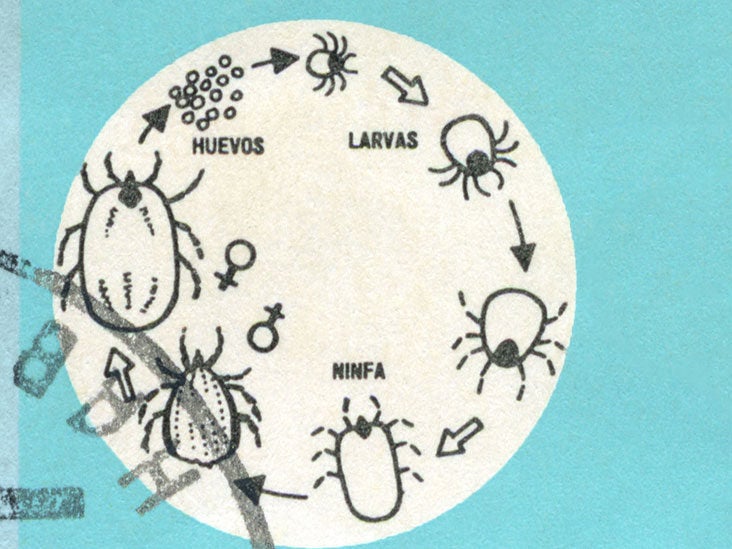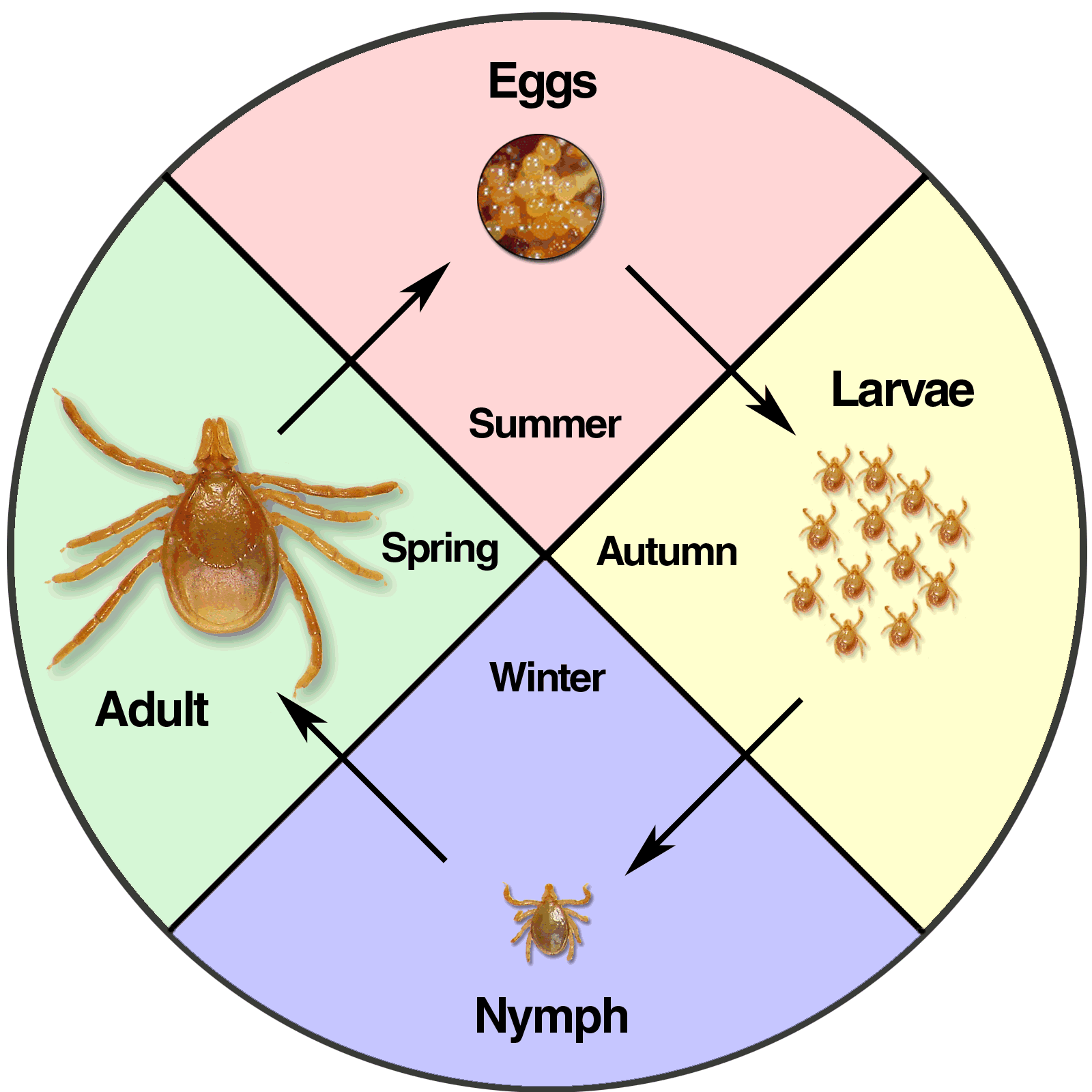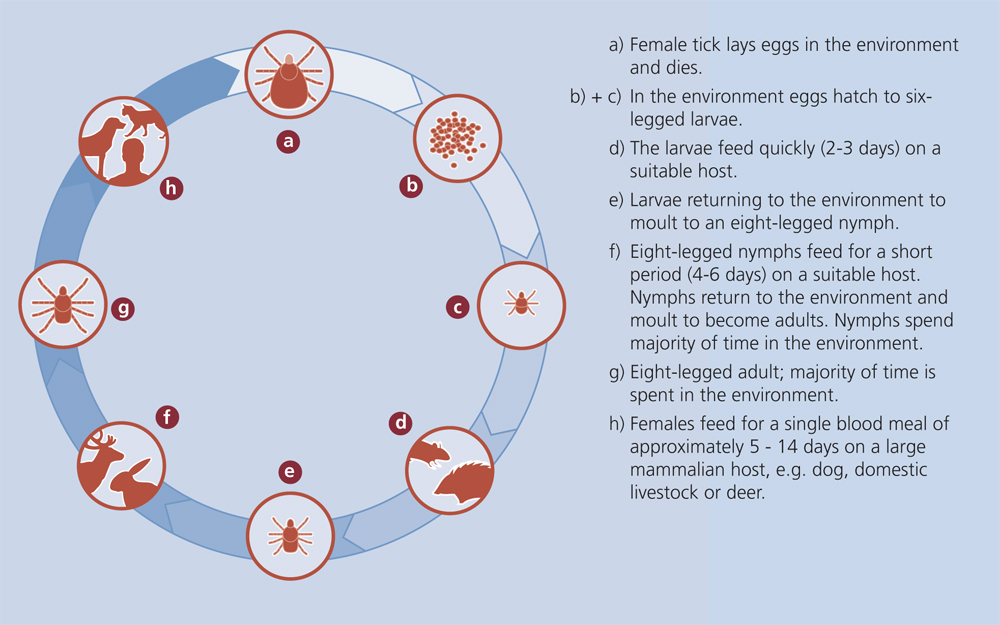tick life cycle uk
The tick life cycle lasts typically anywhere from 1-3 years. Without blood ticks cant do any of.
Once a tick egg hatches it has to feed on blood at every stage of its life cycle for the rest of its life in order to survive.

. Ticks in the larval nymph and adult stages can live for. This period is dependent on the availability of. The brown dog tick for example prefers to feed on the same host throughout its life cycle.
After hatching from the eggs ticks must eat blood at each stage in order to move on to the next one. Some ticks will lay eggs on a host or. Ad Big Savings on flea and tick wondercide.
Once laid eggs will take between 36 and 57 days to hatch. After hatching from the eggs ticks must eat blood at every stage to survive. Generally there are two peaks of tick activity in the spring and in the late summerautumn.
Ixodes scapularis the black-legged deer tick which is the primary vector for Lyme disease has a four-stage life cycle and a lifespan of about two. Sexual dimorphism phenotypic difference. In essence each large feed will give them the blood meal necessary for them to grow into the next stage.
The Brown Dog Tick Rhipicephalus sanguineus has been brought into the UK from Europe on dogs and can survive and reproduce inside a home unlike the native UK ticks. Ticks are the food of mammals birds reptiles and amphibians among other things. Their life cycle takes several different transitions.
During this development ticks go through four stages of life. A female tick will lay anywhere between 4000 and 6500 eggs. A tick starts life as an egg and because tick mortality is so high.
The tick life cycle is made up of three active stages. A hot room or on a hot windowsill. Requires high humidity almost.
This is the safest way to handle your outdoor clothing as ticks can survive a full cycle in the washing machine. Many ticks go through a three host life cycle meaning that they parasite three different host bodies during their lifetime. Tick biology and ecology Ticks in the UK Tick-borne Disease in the UK National Tick Survey Lifecycle of a tick Tick life cycle Tick life cycle Environmental Conditions Suitable.
Life Cycle of Ticks. Ticks need energy from blood in order to grow develop and lay eggs. Lifecycle of a tick.
The majority of hard ticks require three different hosts to complete their development. The first stage of a ticks life is as an egg. Larvae nymphs and adults.
Free Shipping on Qualified Orders. These stages are egg larvae or seed tick nymph and adult. Now let us look at their life cycle to get a better understanding.
In the USA the. Feeds once at each developmental stage and as the tick often feeds only once a year in the UK the whole cycle from egg to adult can take three years. At each stage of.
Generally adult female hard ticks breed while on the host animal and then drop to the ground to lay eggs. The ticks will dry out and die within 24 hours. After hatching from the eggs ticks must eat blood at each stage in order to move on to the next one.
Life Cycle of Ticks. 1 The Egg Stage 1 After the adult female tick has acquired a proper blood meal she mates with the. Each stage needs an animal host on which to feed before it can moult to the next stage.
Ticks are a clear illustration of how food works as an energy source. All ticks have four stages. The life cycle of a tick.
The embryonated egg and three active stages namely the larva one or more nymphal stages and the adult. Most ticks go through four life stages. Depending on the species ticks can live for up to three years during which they go through four distinct life stages.
Egg larva nymph and adult. Egg six-legged larva eight-legged nymph and adult. Basically the tick needs three distinct blood meals for it to complete its development.
It takes 3 to 36 months for ticks to complete their lifecycle. Ticks go through four life stages. Ticks will reproduce sexually and typically find mates by feeding on a host.
However ticks are also often found on lower lying areas of rougher grazing field boundaries etc. A hot room or on a hot windowsill. Once the egg hatches a tick needs a blood meal at each stage in order to survive and continue to grow.

Tick Vector An Overview Sciencedirect Topics

The Tick Life Cycle Printed With Permission From Jeremy Gray Eucalb Download Scientific Diagram
Ticks Effects Control And Life Cycle

Pathogens Free Full Text Experimental Infection Of Ticks An Essential Tool For The Analysis Of Babesia Species Biology And Transmission Html

Flea And Tick Mostly Cats Veterinary Clinic 815 885 2200

Tick Season Is Upon Us Larkmead Veterinary Group

What Are Seed Ticks And Are They Dangerous

An Overview Of Tick Paralysis Symptoms Treatment And Prevention

Ticks And Disease In Kentucky Entomology

Life Cycle Of Ixodes Ricinus And Transmission Of Rodent Associated Download Scientific Diagram
Ticks Effects Control And Life Cycle
Life Cycle Visa Vis Symposiums
9 Types Of Ticks And How To Identify Them Mega Guide Bug Lord

Top Ten Things You Should Know About Ticks Mountain Trails

Trek Tragedy Review On Lyme Disease Rcemlearning

The Tick Lifecycle Lyme Tick Borne Disease Testing Statistics



